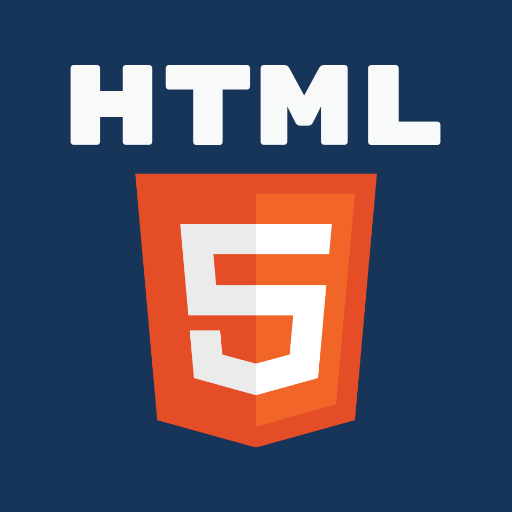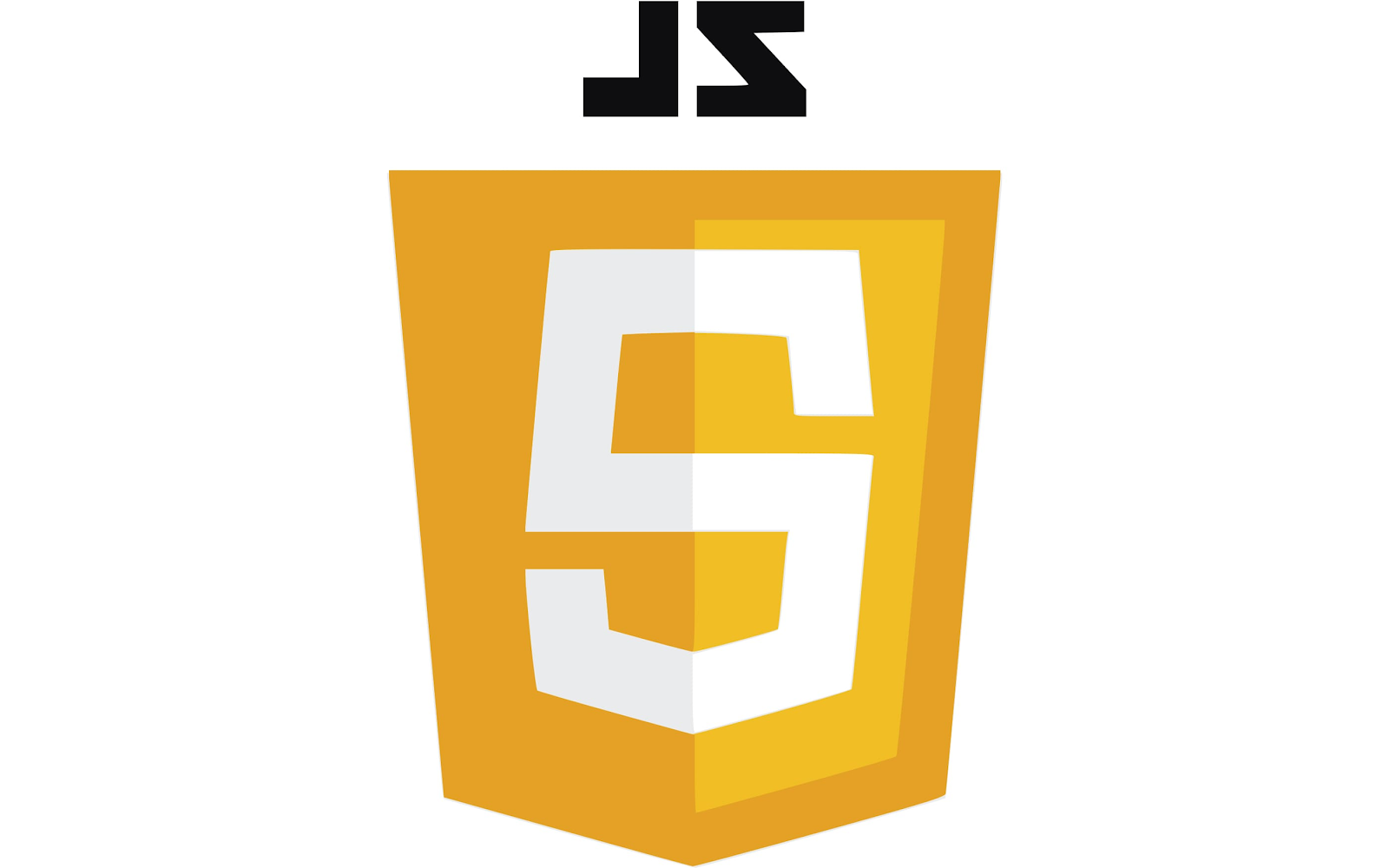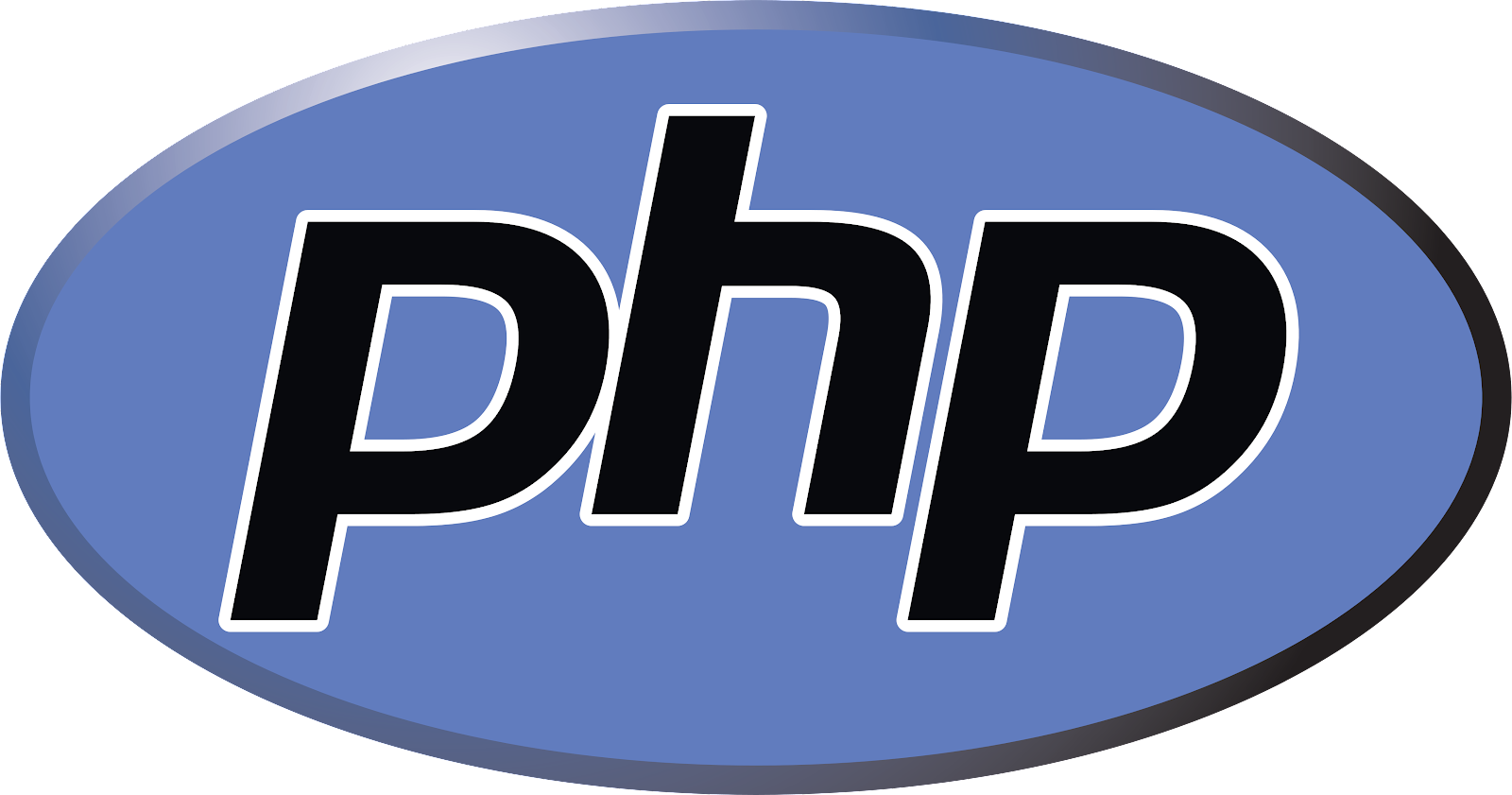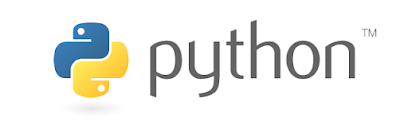Types of Web Development Languages
Web Development Languages: Understanding the Different Types
Introduction Web development is a field that encompasses a wide range of technologies and programming languages. Understanding the different types of web development languages is essential for any developer looking to create and maintain websites and web applications. In this blog, we will explore the most popular web development languages and their uses.
- Front-end Web Development Languages Front-end web development deals with the user interface and user experience of a website. These are the languages used to create the visual elements of a website and make it interactive. Some popular front-end web development languages include:
- HTML (Hypertext Markup Language) - The backbone of any website, used for creating the structure and layout of a webpage.
- CSS (Cascading Style Sheets) - Used for styling and layout of a webpage, used in conjunction with HTML.
- JavaScript - A programming language used for creating interactive and dynamic elements on a webpage. It's also used for creating single-page web applications, and it's possible to use it for back-end too, using frameworks like NodeJS.
- Back-end Web Development Languages Back-end web development deals with the server-side of web development, such as databases and server-side scripting. These are the languages used to create the logic and functionality of a website. Some popular back-end web development languages include:
- PHP (Hypertext Preprocessor) - A server-side scripting language used for creating dynamic websites and web applications.
- Python - A programming language that is widely used in the industry, it's simple and easy to learn, it's also used for back-end development, scientific computing, data analysis and machine learning.
- It's often used for creating web applications using the Ruby on Rails framework.
- Java - A programming language that's widely used for creating enterprise-level applications, it's also possible to use it for web development with frameworks like Spring and Play.
- Database Management Systems To store and retrieve data from a website, developers use databases management systems (DBMS). Some popular DBMS include:
- MySQL - A popular open-source relational database management system.
- MongoDB - A NoSQL document-based DBMS, it's becoming more popular for web development and use cases that need high-performance and scalability.
- PostgreSQL - A open-source relational database management system, it's known for its reliability and advanced features.
Conclusion Web development is a field that encompasses a wide range of technologies and programming languages. By understanding the different types of web development languages, you can make informed decisions about which languages to use for your projects. It's important to note that many developers are proficient in multiple languages and frameworks, and that you can use many of them for different purposes.
















0 Comments